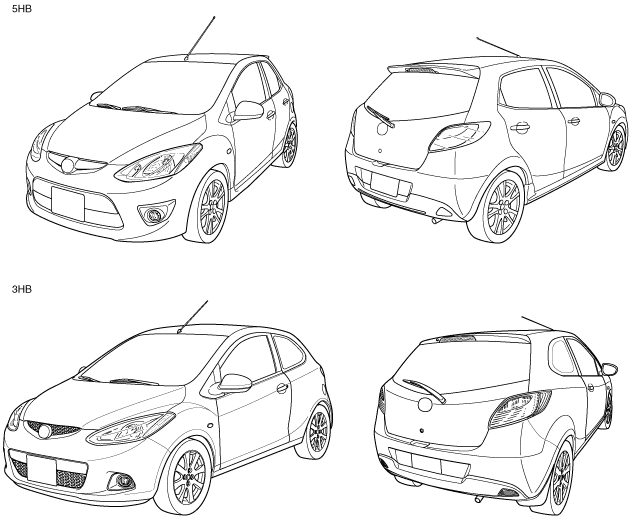 |
am2zzn00001072
AIM OF DEVELOPMENT
id000000100100
Product Concept
Vehicle Outline
Exterior design
External View
am2zzn00001072
|
Interior design
am2zzn00001071
|
Engine
Suspension
am2zzn00000709
|
am2zzn00000710
|
Brakes
L.H.D.
am2zzn00001181
|
R.H.D.
am2zzn00001182
|
L.H.D.
am2zzn00001183
|
R.H.D.
am2zzn00001184
|
Antilock brake system (ABS)
L.H.D.
am2zzn00001168
|
R.H.D.
am2zzn00001169
|
Dynamic stability control (DSC)
L.H.D.
am2zzn00001173
|
R.H.D.
am2zzn00001174
|
Manual transaxle
am2zzn00000565
|
am2zzn00000963
|
Automatic transaxle
am2zzn00000175
|
Electric power steering
L.H.D.
am2zzn00001221
|
R.H.D.
am2zzn00001222
|
Safety